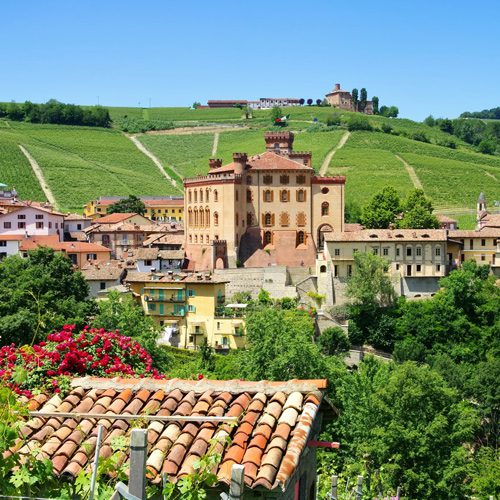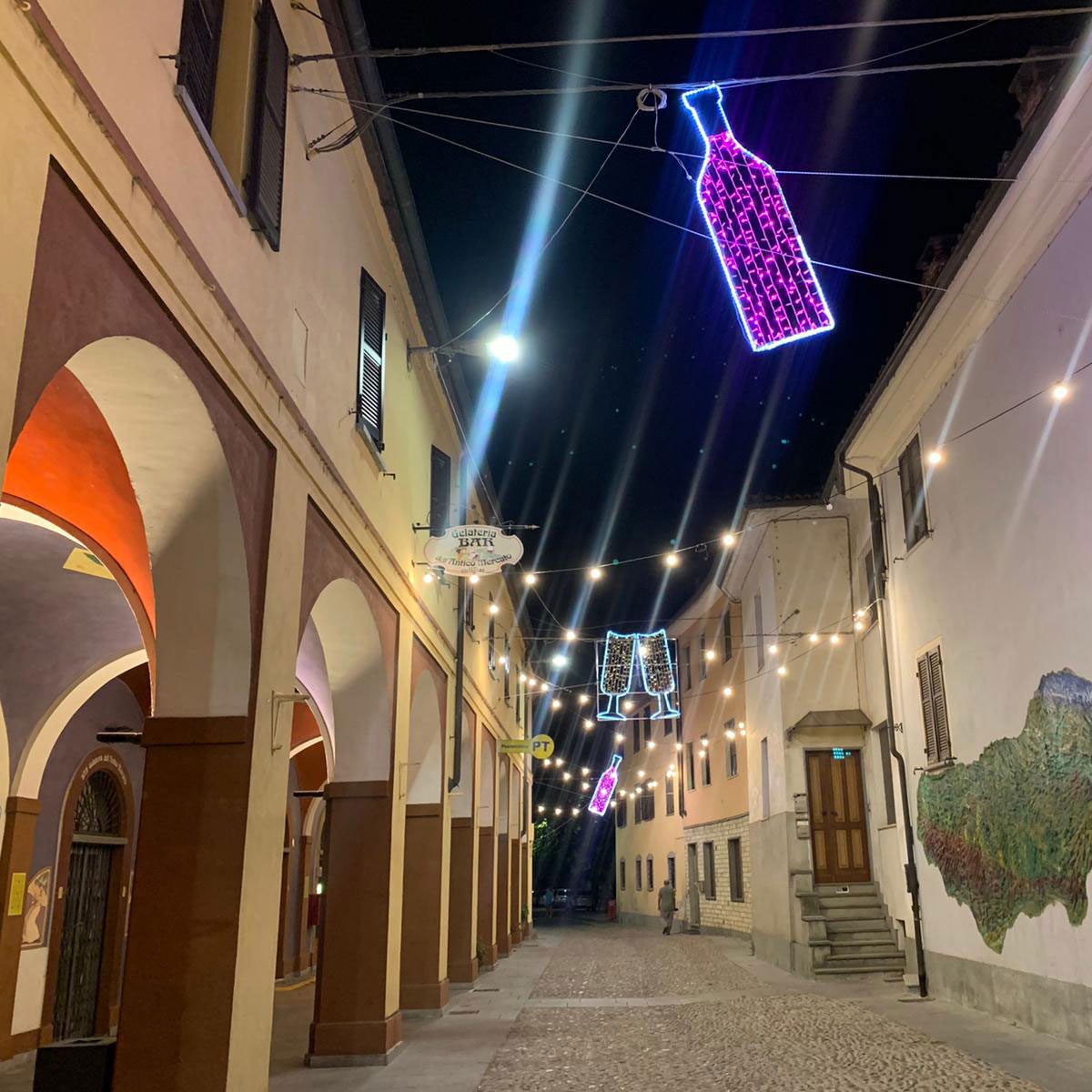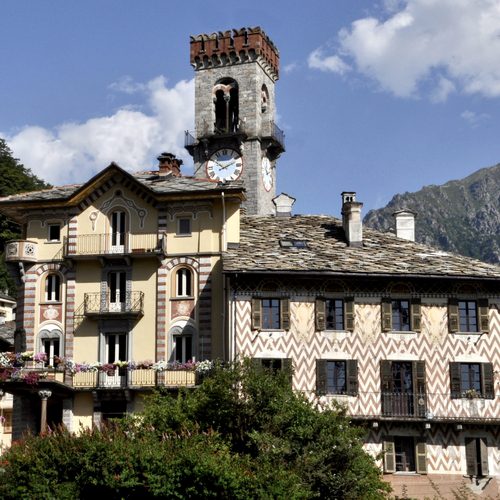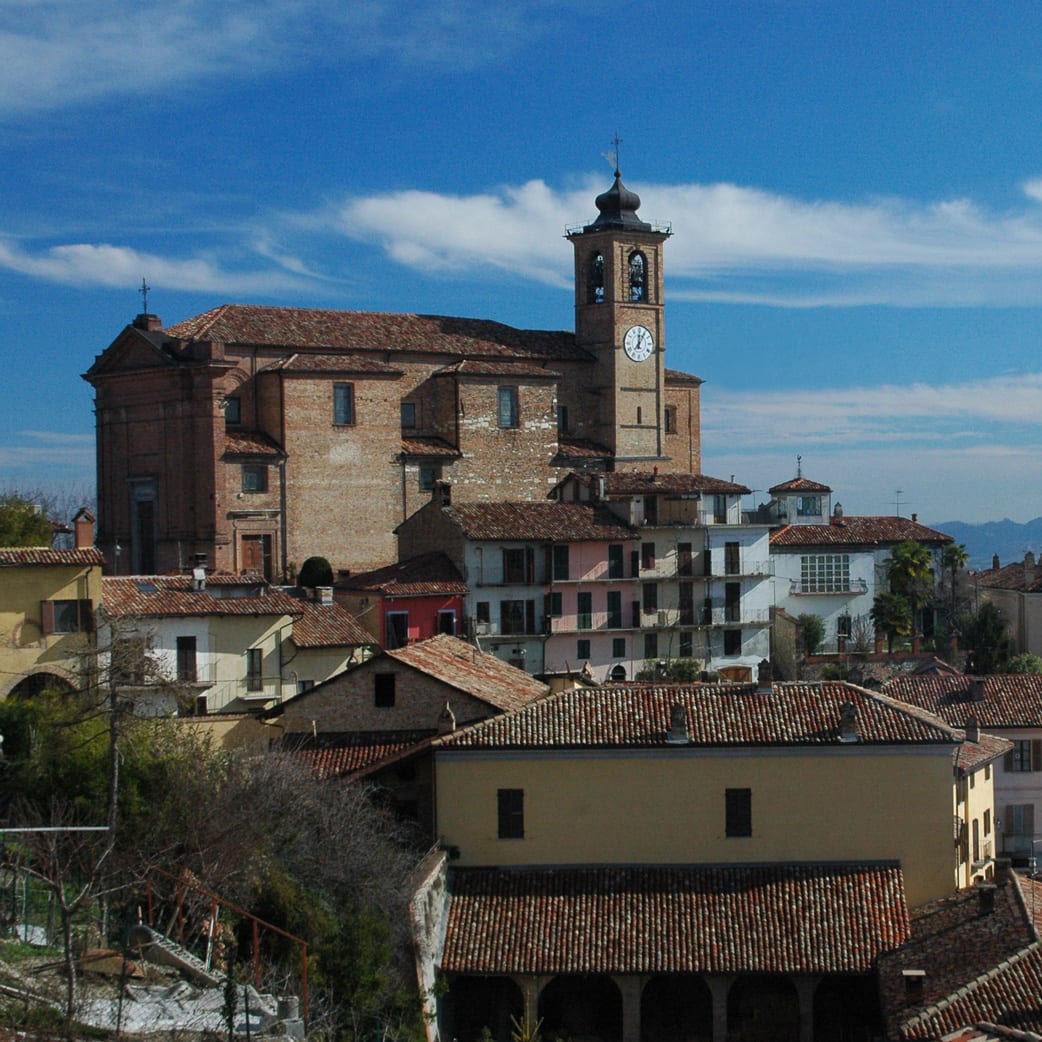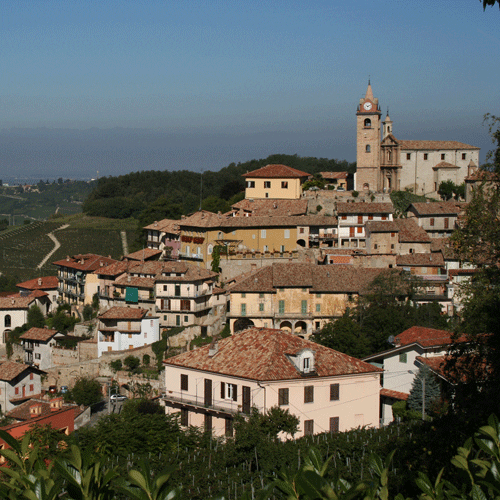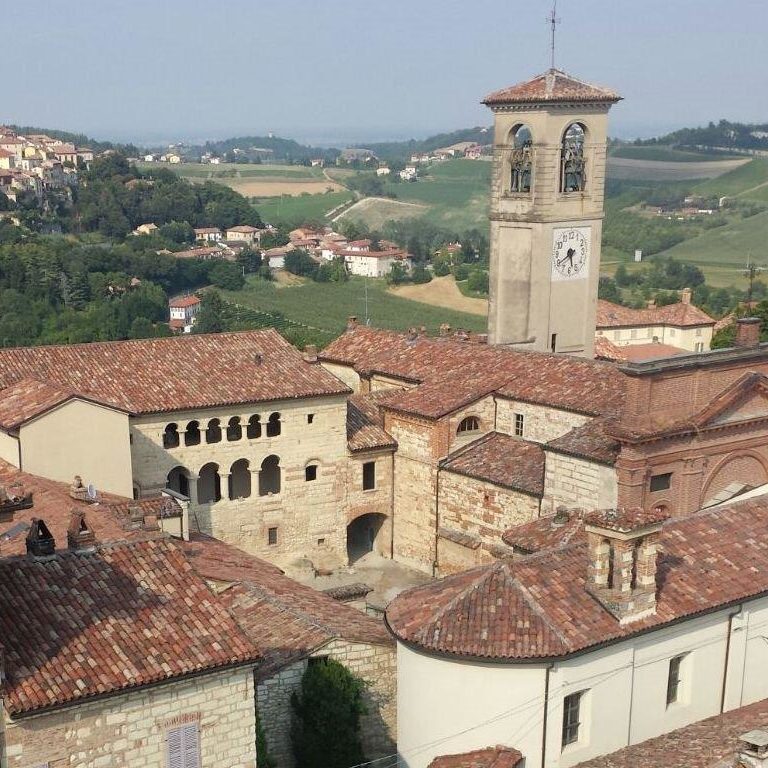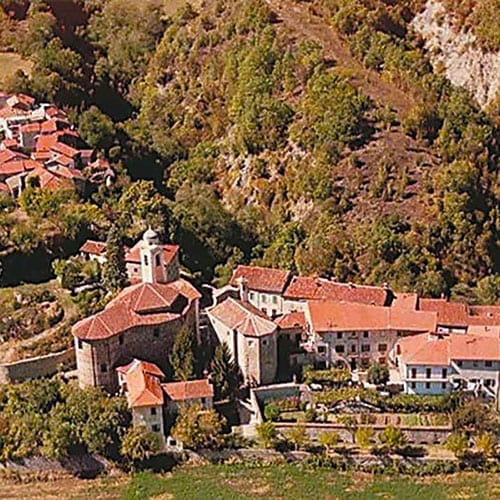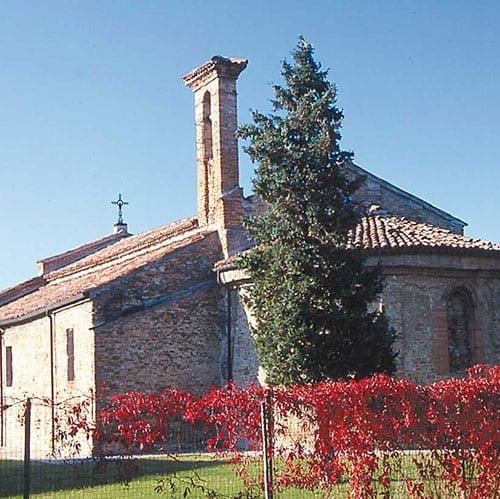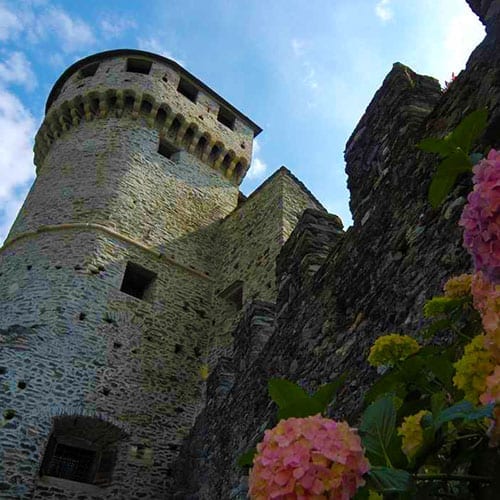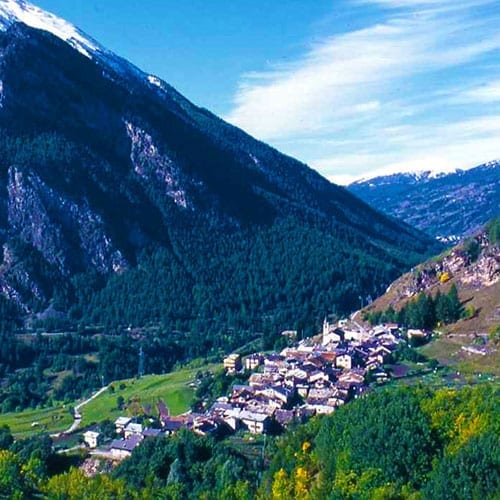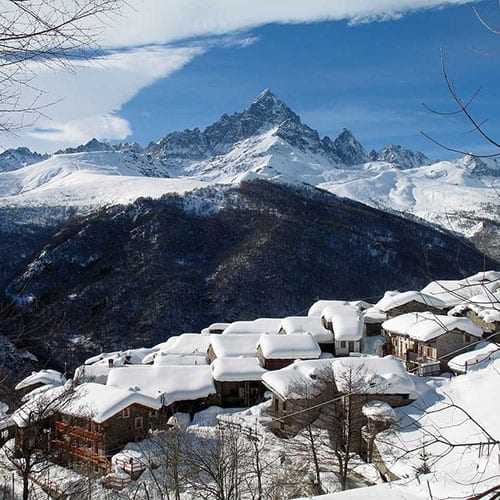 Ingria
Ingria
MUNICIPALITY OF TURIN
(Province of Torino)
AltitudE
m. 619 – 2720 s.l.m.
POPULATION
46
patron
San Giacomo, 25 luglio
tourist information
Centro informazioni turistiche presso
Bar Ristorante Pont Viei, via Belvedere 6
Tel. 342 323 3848

Ingria is a borgo in Val Soana, located in the Gran Paradiso National Park at an altitude of around 1000m. The borgo is made up of almost thirty hamlets, nestled amidst chestnut groves and oak woods, waterways, and houses with characteristic roofs in lòse (slate tiles). Here the winter is tenacious but in the summer the borgo becomes awash with flowers as part of the international competition “Borghi Fioriti” (Communities in Bloom), with balconies and squares a riot of colour. Among the main attractions is the 16th century bell tower in front of the Parish Church of San Giacomo. Two locations are dedicated to the borgo’s ancient crafts: the first represents the tinsmith who worked in the valley adjusting pots and copper cauldrons; the second is the Mazon dla Gra, where chestnuts where dried before being milled into flour, the main food source of the mountain’s inhabitants. In Mombianco is a little church that attracts attention: built in 1647, it is dedicated to the Shroud of Turin, it was perhaps a stop during its journey from Chambery to Turin. Inside the chapel, a 17th century painting depicts the Holy Shroud surmounted by the Black Madonna of Oropa surrounded by angels and saints.
Must-see
The permanent outdoor exhibition Le Mazon I Contiont (The Houses Tell) is a series of black and white images on the old stone walls of the buildings. They depict family groups, students of yesteryear, religious processions and the old tavern.
Tchouse d’auti ten, August 12:
The Things of the Past is a lively celebration with music, dances of the past and ancient crafts.
Spalletta di Ingria: a particular cut of pork flavoured with salt, pepper and mountain berries and aged for 55 days; polenta; chestnuts; potatoes.
There are several hiking routes including those to Punta Arbella and Monte Betassa, and the tour of the villages of Codebiollo that connects the paths of the Alta Via Canavesana, with a stop in the hamlet Bech, where you can stay overnight and visit an Ecomuseum. The museum showcases the ancient customs of the valley, with work tools, period clothes and everyday objects. From here the path starts that leads to Lake Mionda and continues to the lakes of Canaussa.


